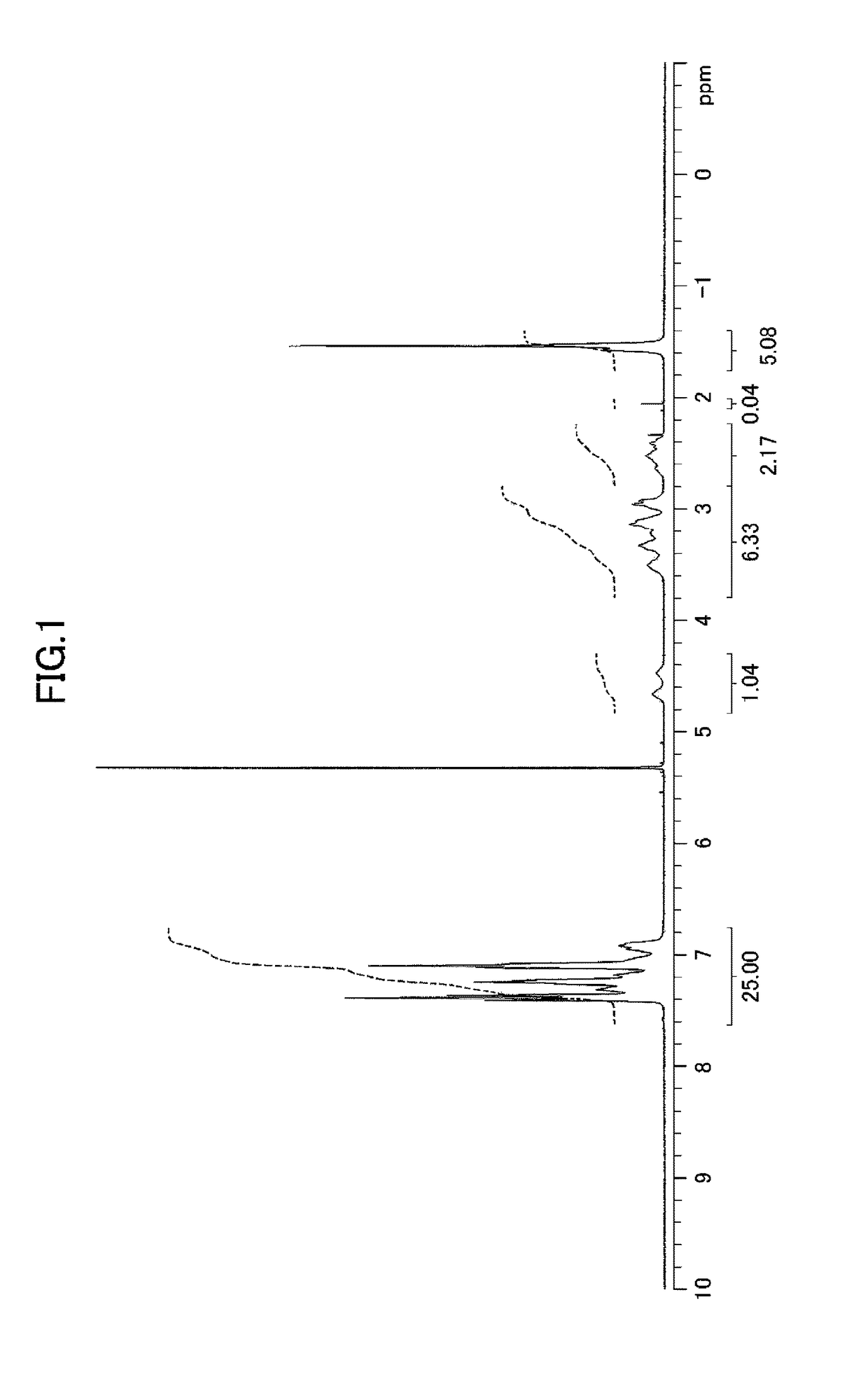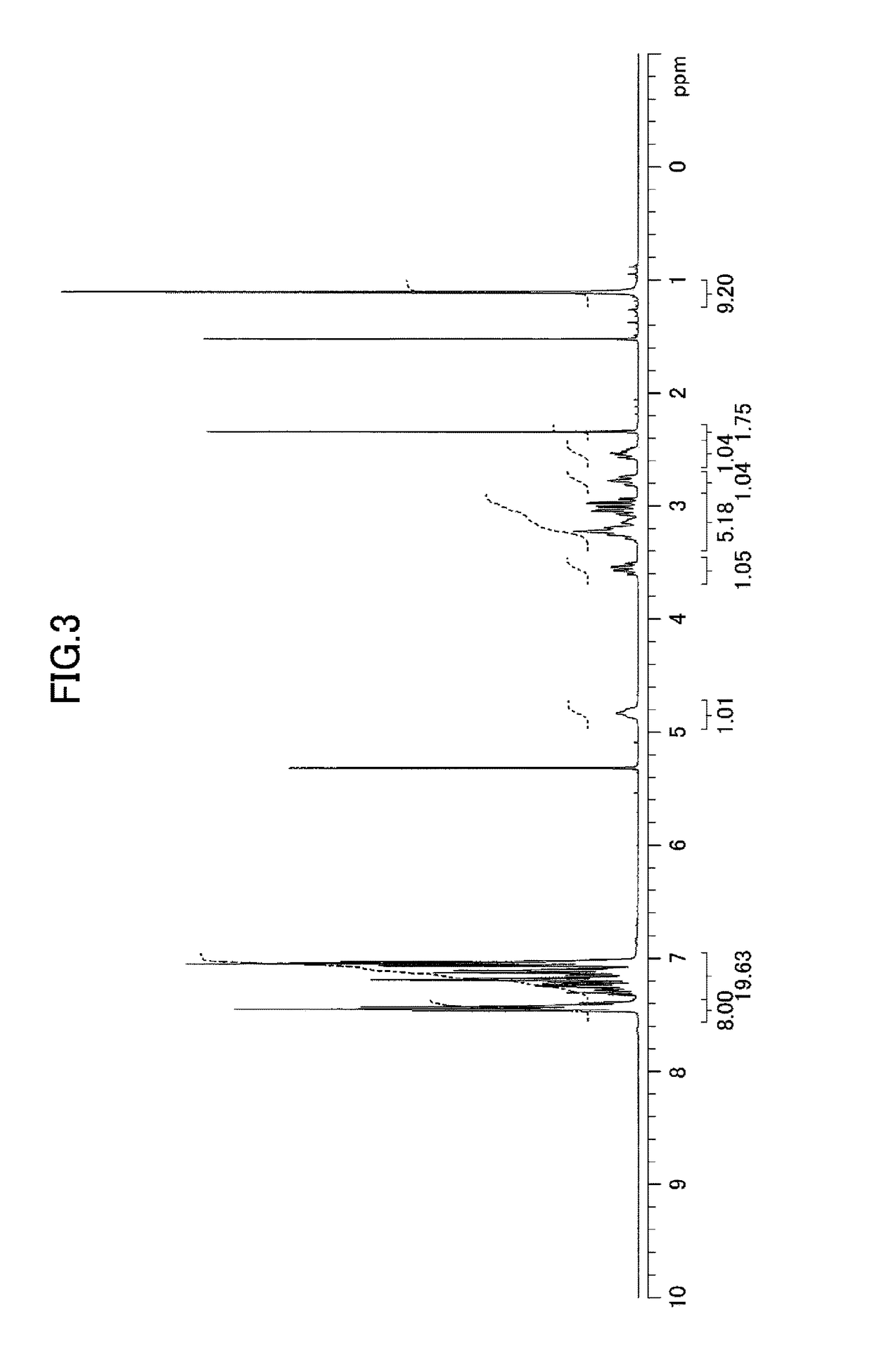N-(phosphinoalkyl)-n-(thioalkyl)amine derivative, method for producing same, and metal complex thereof
- Summary
- Abstract
- Description
- Claims
- Application Information
AI Technical Summary
Benefits of technology
Problems solved by technology
Method used
Image
Examples
examples
[0186]Hereinafter, the compound of the present invention, the metal complex of the present invention, and catalytic reactions using the metal complex of the present invention are described in detail based on Examples and Comparative Examples; however, the present invention is not limited to Examples and Comparative Examples at all. In Examples and Comparative Examples, the following apparatuses and conditions were employed for measuring physical properties.
1) Proton nuclear magnetic resonance spectroscopy (1H NMR): Varian Mercury plus Model 300 spectrometer (resonance frequency: 300 MHz, manufactured by Varian, Inc.) or Model 400MR DD2 spectrometer (resonance frequency: 400 MHz, manufactured by Agilent Technologies, Inc.)
Internal standard substances: tetramethylsilane (0 ppm (singlet peak)) or residual non-deuterated solvent (methanol: 3.31 ppm (quintet peak), dichloromethane: 5.32 ppm (triplet peak), or chloroform: 7.26 ppm (singlet peak))
2) Carbon 13 nuclear magnetic resonance spe...
PUM
 Login to View More
Login to View More Abstract
Description
Claims
Application Information
 Login to View More
Login to View More - R&D
- Intellectual Property
- Life Sciences
- Materials
- Tech Scout
- Unparalleled Data Quality
- Higher Quality Content
- 60% Fewer Hallucinations
Browse by: Latest US Patents, China's latest patents, Technical Efficacy Thesaurus, Application Domain, Technology Topic, Popular Technical Reports.
© 2025 PatSnap. All rights reserved.Legal|Privacy policy|Modern Slavery Act Transparency Statement|Sitemap|About US| Contact US: help@patsnap.com



